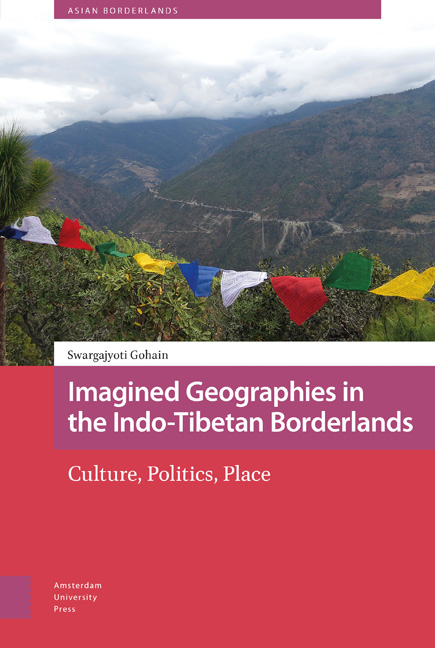Summary
[C]laims of descent from a common ancestor are among the most effective and commonplace means by which human groups forge bonds of community. What gives kinship its special potency as a basis of community is that it can draw upon the past not simply to posit a common origin but also to claim substantial identity in the present. (Brow 1996: 21)
One balmy autumn noon, I was waiting for an audience with T.G. Rinpoche at the GRL monastery. Usually willing to accommodate me in his schedule at short notice and often inviting me to stay on for lunch or dinner, T.G. Rinpoche was particularly busy that day. I waited in the green monastery lawns, soaking in the tepid midday sun. A big monk with a broad, smiling face dragged a plastic chair beside me, and we began chatting. This was my first introduction to Lama Tashi, whom I have already referred to in the previous chapter. Lama Tashi is the popular address for Geshe Nawang Tashi Bapu, Principal of the Central Institute of Himalayan Culture Studies, Dahung – a person of eminent stature in Monyul. We drifted to the topic of the origins of the Monpas, which seemed to evoke keen interest in everybody I had met so far, and I casually asked him, ‘Where did Monpas migrate from?’ Twinkling his merry eyes at me, Lama Tashi answered, ‘Will you be able to face it, if I tell you?’ and after a pause, ‘The Monpas are originally from Tibet.’ His question of whether I could ‘face’ this fact suggests both his awareness of the complexities around the question of Monpa origins, and his assumption that I, as an outsider and non-Monpa Indian, would rather hear stories of an Indian origin of the Monpas.
Origins and marriage are politically charged issues in Monyul today, entangled with the India-China boundary dispute. Far from being innocuous quests for roots or trifling matters relegated to the status of old wives’ (or grandpa’s) tales, narratives of origins and migration are deeply embedded in the politics of culture. Stories about origins have a powerful impact on social and political relations: in the history of modern nationalisms, the question of origins has surfaced when groups sought to assert their dominance over others by claiming original or prior settlement, often citing ancient texts and rewriting history to support their claims (Tambiah 1992).
- Type
- Chapter
- Information
- Imagined Geographies in the Indo-Tibetan BorderlandsCulture, Politics, Place, pp. 107 - 136Publisher: Amsterdam University PressPrint publication year: 2020



